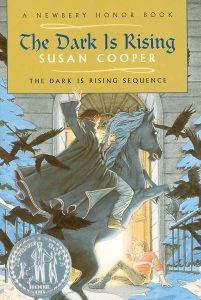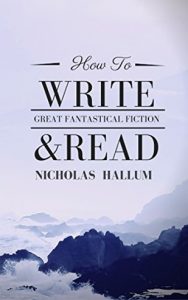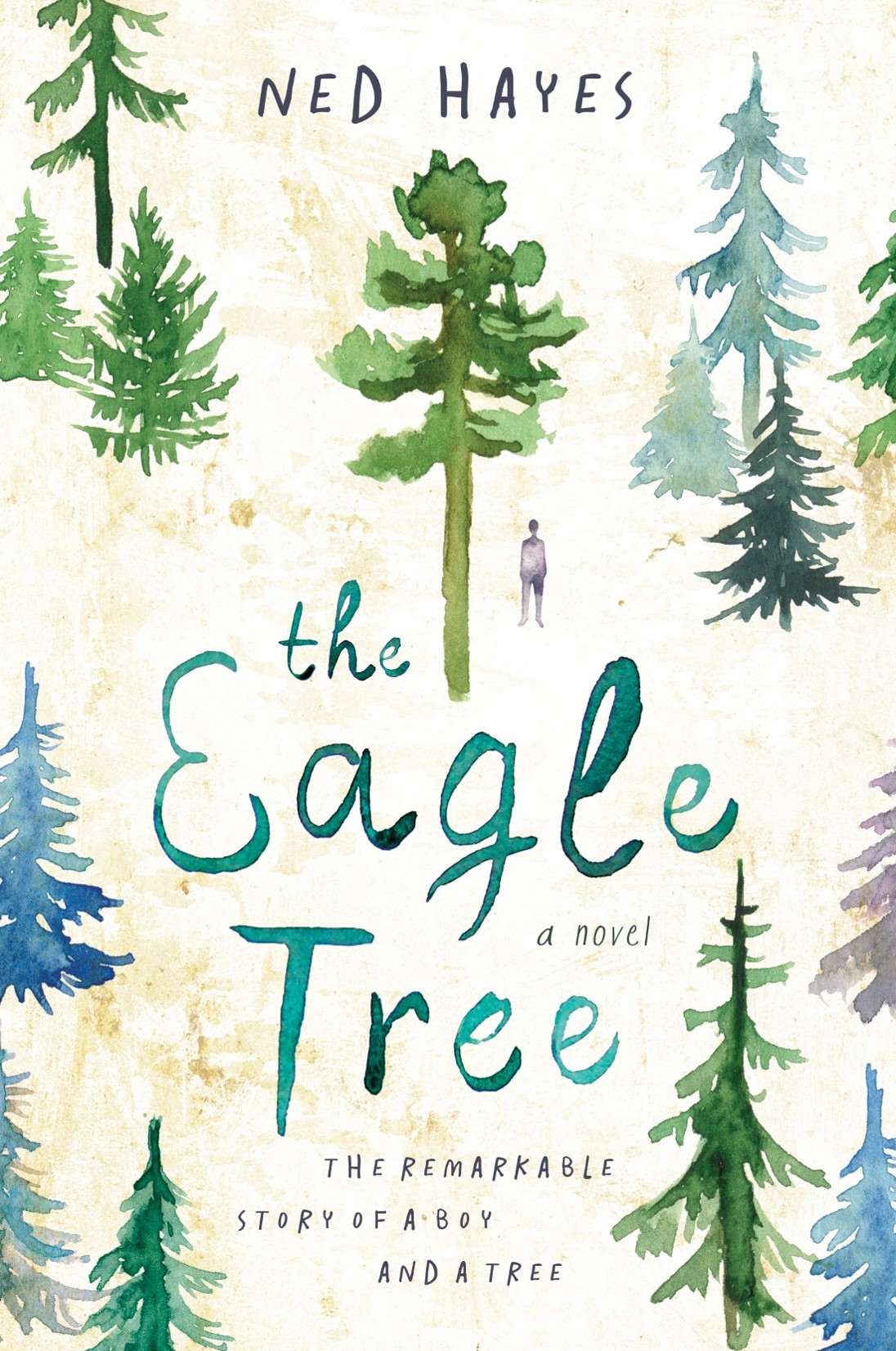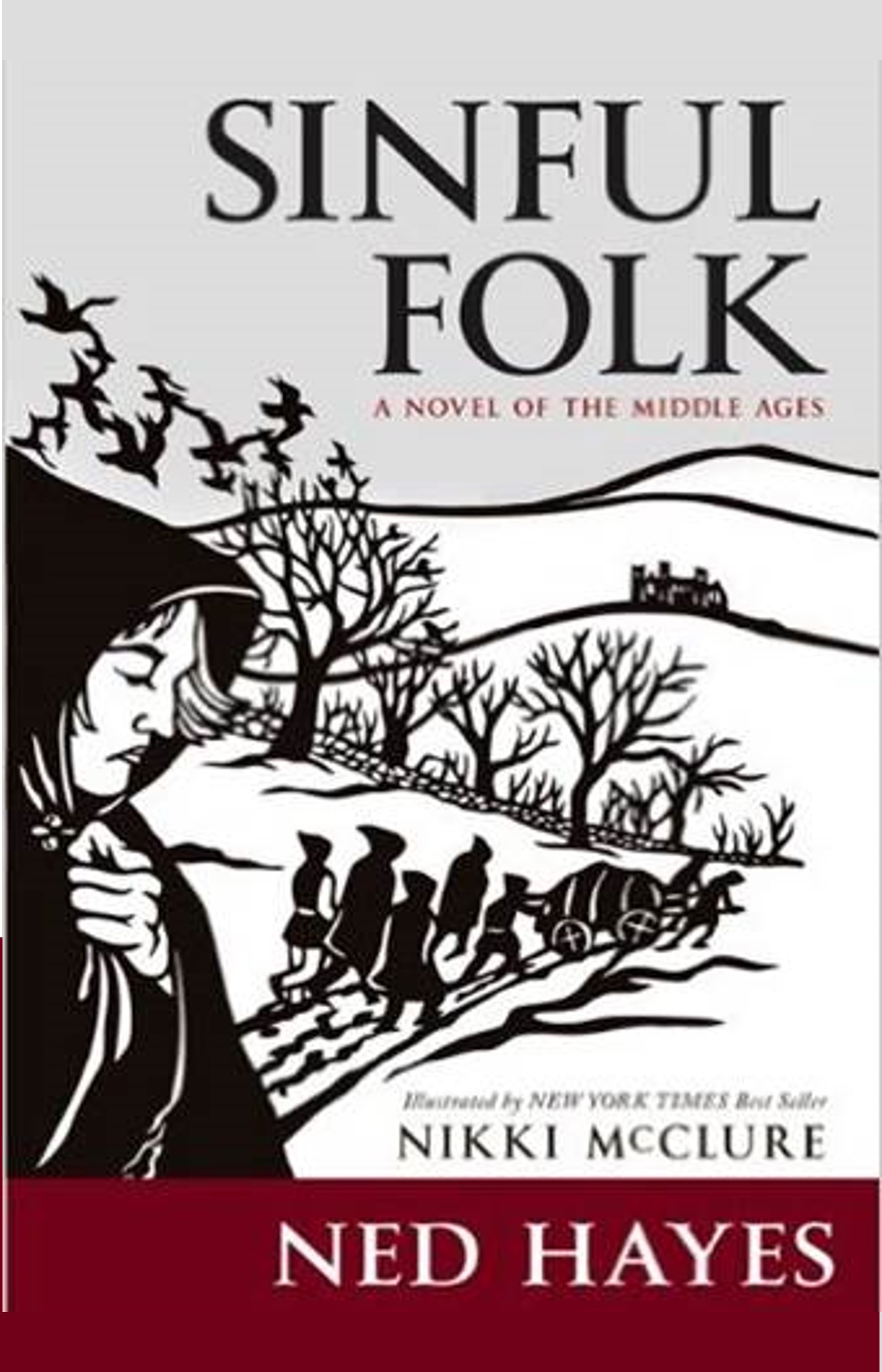How to Write & Read Great Fantastical Fiction:
Techniques & Tools in Fantasy & Science Fiction Literature
Character Matters
It’s not easy writing fiction that contains fantasy or supernatural elements. One out of two tries at such work might even fail. The Pulitzer-Prize-winning novelist Michael Chabon succeeded admirably in his novel The Amazing Adventures of Kavalier & Clay. In this saga of Jewish immigration and comic-book capers, Chabon’s narrative became compelling and multivalent to readers because of his central focus on the characters of Kavalier and Clay, and his careful treatment of the magical threads in his novel (those of sorcery and golems), that he wove seamlessly into the central narrative fabric, which focused on his characters’ growth over the 600 pages of the novel. Chabon also avoided using familiar tropes of immigration, seizing instead on magical realism in order to “talk about things that cannot be explained.” Kavalier & Clay was, by almost any critical standard, a new American classic and a powerful story of ambition, immigration and cultural change.
 Yet in a book that appeared only two years after the success of Kavalier & Clay, Chabon demonstrably failed at creating a fantastical story that enthralled readers and spoke to our shared humanity. In 2002, Chabon published a novel explicitly billed as “young adult fantasy novel” entitled Summerland. In interviews, Chabon explicitly stated that he wished to produce a novel that was in the style of the classic children’s fantasy by Susan Cooper, The Dark is Rising. However, the distinction between Summerland and Dark is Rising is stark. Cooper’s work is about a boy’s maturation and understanding of his own powers and place in the world—and it also happens to contain some magical elements, allegorizing his coming-of-age in a mythological battle. Summerland, in contrast, seems to be explicitly about magic and alternate realms—and happens to mention one child’s struggles in passing. In Chabon’s work, the characters themselves are subliminated to a series of strange and fantastic events; as The New Times said, the novel was “bewilderingly busy.” Summerland, despite its ambition, showed that Chabon was only mocking the possibilities of Dark is Rising, without taking the time to go back and understand the true multivalent narrative of The Dark is Rising. In Cooper’s more powerful work, the structure and the subversion of genre conventions themselves reinforced and articulated the character’s adolescent path towards maturation.
Yet in a book that appeared only two years after the success of Kavalier & Clay, Chabon demonstrably failed at creating a fantastical story that enthralled readers and spoke to our shared humanity. In 2002, Chabon published a novel explicitly billed as “young adult fantasy novel” entitled Summerland. In interviews, Chabon explicitly stated that he wished to produce a novel that was in the style of the classic children’s fantasy by Susan Cooper, The Dark is Rising. However, the distinction between Summerland and Dark is Rising is stark. Cooper’s work is about a boy’s maturation and understanding of his own powers and place in the world—and it also happens to contain some magical elements, allegorizing his coming-of-age in a mythological battle. Summerland, in contrast, seems to be explicitly about magic and alternate realms—and happens to mention one child’s struggles in passing. In Chabon’s work, the characters themselves are subliminated to a series of strange and fantastic events; as The New Times said, the novel was “bewilderingly busy.” Summerland, despite its ambition, showed that Chabon was only mocking the possibilities of Dark is Rising, without taking the time to go back and understand the true multivalent narrative of The Dark is Rising. In Cooper’s more powerful work, the structure and the subversion of genre conventions themselves reinforced and articulated the character’s adolescent path towards maturation.

Yet critics were unanimous that the failings of Summerland were due, almost entirely, to the “genre” in which Chabon was working in this novel. This is often assumed to be because the insertion of fantastical creatures and events can detract from human characterization. The critical rationale seems to be that some fiction in this genre has historically provided less insight into character and less meaningful interactions between the characters. Furthermore, some critics asserted that the YA fantasy form was “tired” in its form and function, and unworthy of Chabon’s gifts.
However, if we scrutinize a novel that is of exactly the same “genre” as Summerland, we can cross-examine that assumption. It may be possible to build deep complex characters on the same fantastical base, and fully flesh them out so readers care about their fates, and will travel into a fantastical domain to see their characters grow and change over time. This is the task of multivalent fantasy literature. And young adult fantasy literature doesn’t have to focus just on one young (white) male and his need for meaning and fulfillment: it doesn’t even have to focus on a coming-of-age story at all, despite the use of such a model in both Dark is Rising and Summerland. One example of a successful book that does things differently—with remarkable success—is Barbara Hambly’s historical fantasy Bride of the Rat God.
Bride of the Rat God is indeed a young adult fantasy novel—the title by itself tells you much about the book, and indeed the book lives up the title’s billing: it is very satisfying as a genre historical fantasy novel. The story takes place in 1920s Hollywood, which would seem an unusual locale for magical events, but Hambly pulls off a solid plot arc. Good fights mysterious ancient evil, complications ensue, and in the end, good defeats evil. Given these genre trappings, it was therefore a pleasant surprise to find deep, complex characters at play here, beginning with Norah Blackstone, the protagonist.

First, there’s the backstory: Norah is the Jewish, middle-aged, widowed sister-in-law of a silent movie star, and her relationship with her dead husband plays a part in her self-understanding. Her slow healing from that loss is the central motion of the story, from her perspective, even while sorcery is erupting all around her. In point of fact, Norah’s backstory and personal growth are so interesting, that I would love to read a whole series of books about her. As a fully embodied adult human being with a long and complex backstory, Norah belies the focus of young adult fantasy on only young adolescent males. Furthermore, Norah is a person with her own motivations and desires: she demonstrates regularly that she is hardly perfect, and yet her foibles make her seem more fully embodied to a reader. Her behavior towards her selfish and indulgent sister-in-law, and her general disdain for Hollywood, all endear her to the reader. And finally, despite her failings, Norah’s motivations and actions seem to be consistent with her character, and consistent with what we expect of actual human beings in the real world.
One example of this consistency and complexity is an early scene when she leaves her sister-in-law in a scene of impending peril to search out her new boyfriend. She does so because she is afraid of losing him the same way she lost her husband. Because of the backstory and her own fearfulness, her motivations seem justified and realistic. Readers must believe in a character’s actions, and Hambly makes this truth come to life in Norah’s character and actions. The act of writing a plot-driven story that contains the “literary” attributes of well-thought-through characters and deeply articulated motivations is a high-wire act. Barbara Hambly, in Bride of the Rat God, succeeds admirably in this act, and by so doing enthralls her readers with a story that speaks on multiple levels.
So it is possible to write fully embodied characters who don’t fall into familiar and hackneyed tropes. This act is a standard act in many literary works, but sometimes even strong and fully fleshed characters are overwhelmed or superseded by the spectacle of magical or unearthly moments—in Midsummer Night’s Dream, Shakespeare himself falls into this trap. Therefore, if a writer is going to introduce fantasy or the supernatural, how does one do this in a way that doesn’t distract from character depth and emotional growth?
PART III in my next post, on Toni Morrison and Tim Powers > >
How to Write & Read Great Fantastical Fiction:
Techniques & Tools in Fantasy & Science Fiction Literature









